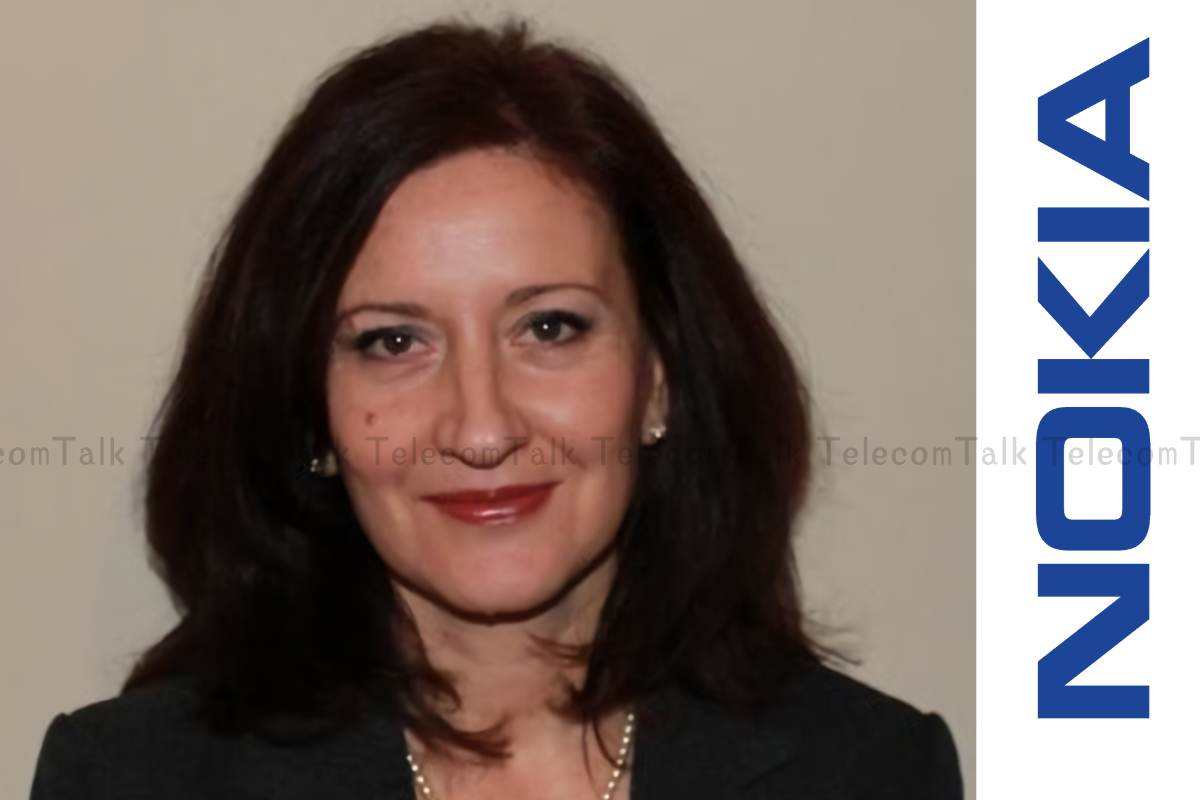The industry is entering a ‘fiber-for-everything’ era. Once operators roll out fiber into homes, their networks traverse every other building on the street, as well as homes, meaning they can connect businesses and other services. Fiber PON will be able to support high-bandwidth consumer services, industry 4.0 applications, business connectivity, 5G transportation and smart city services. Ana Pesovic, Marketing Director, Fixed Networks at Nokia, told TelecomTalk in an exclusive interaction.
Q1. How is Nokia innovating in fiber optic technologies and solutions?
Nokia has a long history of fiber innovation, from the first GPON to 10G PON and 25G PON. We are a major contributor to the 50G standard and were the first to demonstrate a 100G demo. Our Quillion chipset is designed for power efficiency, lower latency and 3 generations of PONs on a single line card, allowing smooth evolution. We were also first with 5G backhaul over PON. We also introduced the highest capacity platform, the Lightspan MF-14, ready for the new fiber-for-everything era where fiber broadband networks support smart cities, business services and mobile backhaul.
Q2. Are the customers satisfied with the tests of the Nokia Lightspan MF-14? If so, what makes the solution so suitable for your customers?
Main benefits for customers:
– Start with the premium platform today and avoid decades of hardware migration
– Be ahead of the competition and generate more revenue with new services (IND 4.0, 5G x-haul, wholesale)
– Excel in network efficiency with automated operations, fast telemetry, flexible software upgrades
– Reduce energy bills and stay ahead of sustainability goals
Frontier Communications, the first in the US to trial 25G PON, is also the first to evaluate MF-14 in its live network. Scott Mispagel of Frontier, SVP of National Architecture and Engineering, said: “We are proud to be the first to embrace this next-generation platform. This is another way for us to provide customers with the fastest broadband available. The MF-14 platform will support our path to 100G using our existing fiber network and future-proof our network at speeds that will continue to surpass cable and other technologies for generations to come.”
In July this year, CityFibre – the UK’s largest independent full fiber infrastructure platform – signed a 10-year equipment deal to support the nationwide network upgrade. John Franklin, CTIO, CityFibre said: “As we accelerate our full fiber roll-out to cover a third of the UK market by 2025, demand for those networks will also increase. The flexibility and capacity of MF-14 will help us meet the needs of our partners and their customers for generations to come.”
Q3. As 5G rolls out around the world, the need for fiberization will be at an all-time high to meet operators’ backhaul needs. Are you ready to meet the growing demand?
We see the opportunity. Currently, sub-6 GHz 5G is being deployed at 4G locations, upgrading the existing transport network to meet new capacity requirements. However, as 5G gets faster millimeter wave implementations and thus fulfilling the promise of (multi-) gigabit services, new mobile sites will be required. We call this the densification of a 5G network.
These new sites will emerge first in urban and suburban environments, and each of them will require additional transportation options. This is exactly where fiber networks already exist, making PON networks a cost-effective and operationally efficient choice. The ideal way to connect those mobile sites is through a small form factor pluggable (SFP) optical network terminal (ONT) connected to the mobile base stations. While XGS-PON has sufficient bandwidth for backhaul and mid-haul, more capacity is needed in areas of higher cell density or throughput. This capacity can be provided today by 25G PON and in the future by 50G.
Q4. What is Nokia’s goal in the global fiber solutions market?
The industry is entering a ‘fiber-for-everything’ era. Once operators roll out fiber into homes, their networks traverse every other building on the street, as well as homes, meaning they can connect businesses and other services. Fiber PON will be able to support high-bandwidth consumer services, industry 4.0 applications, business connectivity, 5G transportation and smart city services. This creates more revenue opportunities, lowers total cost of ownership and significantly reduces overall power consumption.

